Solar Power Systems
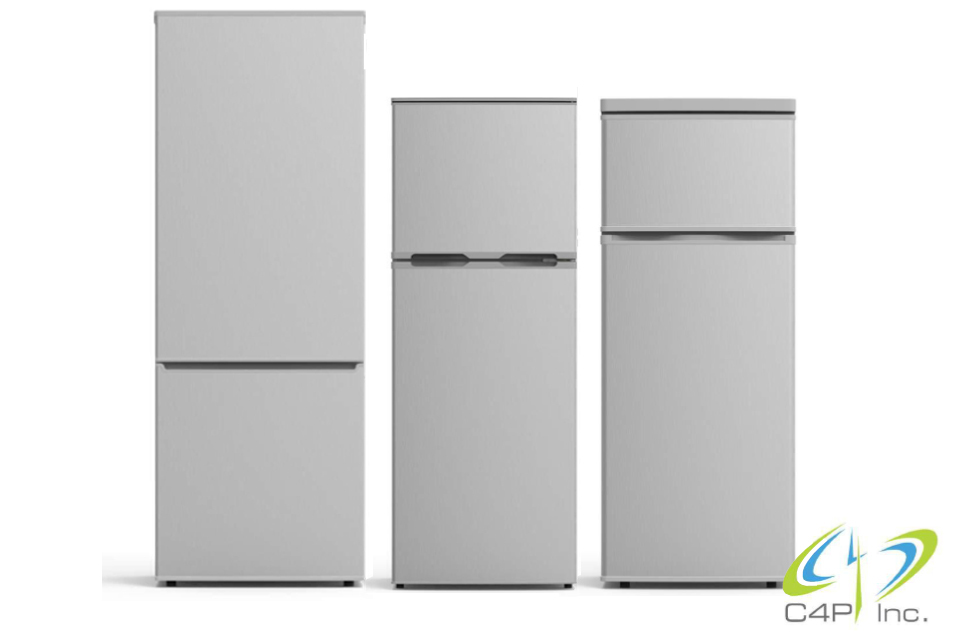
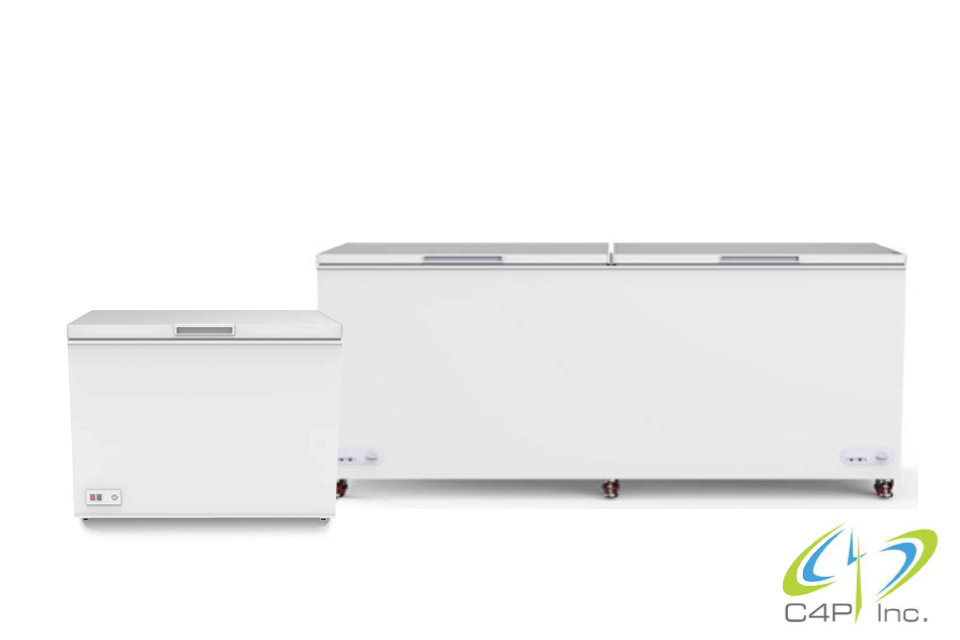
Solar Refrigerators & Freezers – DC Powered
Solar Fridge
These solar fridges are an expectional choice for use as an RV refrigerator, in an aquatic vessel, or in off-grid housing; no inverters are needed. The solar refrigerators can run straight from batteries. This means that energy generated from your solar panels goes directly into powering your refrigerator without needing to convert back to AC and waste energy. All of the C4P DC refrigerator models are equipped with an automatic voltage detection switch, so your 12 volt refrigerator can flawlessly switch to a 24 volt refrigerator. With an automatic defrost and a 7 setting thermostat, these solar fridges are designed to be off-grid kitchen necessities. Patented compressor design allows any of the C4P solar fridge models to be powered by one 220 watt solar panel.
Solar Freezers
C4P Inc. is a leading solar freezer manufacturer in North America with the largest DC powered chest freezer at 21 cubic feet. Including the 9, 14 and 21 cubic foot chest freezers, storage space is abundant. The solar-powered chest freezer consumes minimal energy as compared to an average appliance due to C4P’s specialized DC compressor, sealant technology, and 4.5″ layer of polyurethane insulation. No inverters are needed for operation; these solar freezers can run straight from batteries.
All of C4P’s solar freezer models are built from the ground up and wired to operate on DC, which is the energy generated from solar panels. This means having a DC-specific compressor and module, as well as a thicker gauge of cable in order to handle the DC power. Our solar freezers can be operated with a single 220 watt panel and two deep cycle batteries, allowing you to save not only on the cost of an inverter, but also on panels and batteries, as well as the space they take up.
The SunStar solar freezer series also features a powdered coated galvanized steel interior for durability and longevity, a double gasket design to ensure the tightest freezer seal possible, along with a powerful cooling fan to enhance the life of the compressor, and in turn, your freezer. All of the solar appliances supplied by C4P are equipped with an automatic voltage detection switch, so your 12 volt freezer can flawlessly switch to a 24 volt freezer.
Features
-
12v / 24v DC Power
-
Adjustable temperature control
-
Top Refrigerator / Bottom Freezer
-
Automatic interior LED lights
-
Adjustable shelving in refrigerator compartment
-
Drawers included in freezer compartment
-
Manual ice maker
-
No inverters required
Suitable Locations
-
Hunting & Fishing Camps
-
Homes & Cabins
-
Medical
-
Markets & Stores
-
Remote locations requiring an off-grid refrigerator
Call Today for a FREE Quote! (705) 561-9339
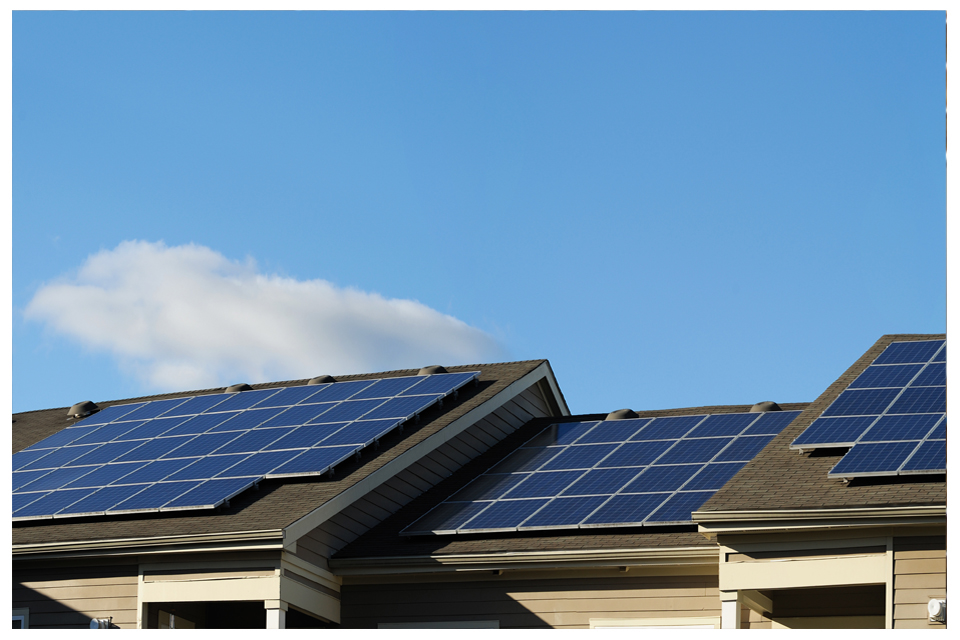

Net Metering
Net Metering solar power systems don’t have battery banks to store power. But allow you to stay connected to the main power grid for when your panels aren’t producing enough power. These are most common in towns and cities. The Net metering solar power systems greatly reduce your electricity bill and can even make you money when they are at peak performance! If you use less electricity then you produce. It goes back to the main power grid and the power company reimburses you for the power you don’t use.
Grid Connected Systems are primarily used as a long term investment to reduce the cost of the energy purchased from the Grid and to help in reducing harmful emissions from fossil fuel power plants. Solar Power systems will primarily reduce the amount of natural gas that is being burned during the day for electricity generation. This discussion will attempt to look at grid connected systems in a comprehensive way and provide a lot of information on the operation of the grid and the impact of grid connected systems on the grid.
The term is being thrown around a lot lately so let’s clarify. For those of us interested in the future of renewable energy in our communities, net metering is kind of a big deal.
Net (energy) metering, simply stated, is allowing those who generate their own electricity via renewable sources (solar, wind, hydro, biomass) to send excess energy they don’t use back into the grid for a credit on their bill. In Ontario, if you participate in net metering and produce more electricity than you use, you can carry credits for your energy bill forward for up to 11 months. Generally, those who participate in net metering must own a system that has the capacity to produce less than 500 kilowatts of energy. And of course, net metering policies are different throughout the globe.
One of the issues for debate: If you are participating in the program and feed more energy from your renewable energy system into the power grid than you use, should you be paid for it? And should it be the same rate that you, as a retailer, would pay for it? What about the rate afforded to other large energy generators? In some places like Nevada, net-metered customers used to be compensated at retail rates for solar power provided to the grid. In California, it was recently voted that retail rates would continue to be offered to those sending electricity back to the system from their rooftop solar installations.
In Ontario, as the price of solar systems has decreased over the past several years, more property owners have installed them and are benefitting from the rates offered by the microFIT program. Those participating in microFIT were able to finance the construction of systems based on competitive rates to sell energy back to the grid under 20-year contracts. But these rates have since decreased, making microFIT systems financially more challenging to justify.
Hot Ontario summer afternoons when air conditioners are running at full tilt are when additional solar power is super beneficial to the grid, alleviating potential power outages and omitting the need for gas peaker plants to kick in. We as electrical consumers don’t see it, but the prices paid to purchase electricity on the wholesale market at such times skyrocket, so that solar electricity becomes a bargain. The Germans have measured this effect and found that the savings from solar were substantial. So how can we continue along this path of producing small-scale solar and other forms of renewable energy, which we know cuts transmission costs and keeps profits local?
Utilities often indicate that they themselves lose out with net metering because customers who benefit by providing excess energy back to the grid are not paying their fair share of system maintenance costs and such. A study of this problem took place in New Mexico in 2012, showing that net metering was actually beneficial to utilities.
A key dichotomy emerges as utilities are striving to make profits, a goal which conflicts with doing what is good for the environment.
As the price of solar continues to decline, consumers will find it more affordable to generate their own power than to buy it from the utility. The fixed costs the utilities bear must then be spread across the remaining customers, thereby increasing their costs. As a result, more customers find it less expensive to generate their own power and this circle continues in a cascading effect that doesn’t have a happy ending for utilities. Utilities worldwide are now wrestling with how to adjust their business models to cope with the new reality. They no longer have a monopoly on generating electricity, and their competition is actually their own customers.
It will be interesting to see what happens as battery storage technology improves and becomes more affordable. Will small-scale energy producers and homeowners simply be able to make and save all the power they need? Will we see more truly community-owned power, where we produce, share, manage and distribute amongst ourselves? And how will energy distributers like Hydro One respond to this?
Costa Rica, well known for powering itself with renewables, is about to leap into its own net-metering initiative. Watching how things play out on a micro-level like this, even in a vastly different climate, might provide some good lessons for us struggling with the issue in North America.
Call Today for a FREE Quote! (705) 561-9339
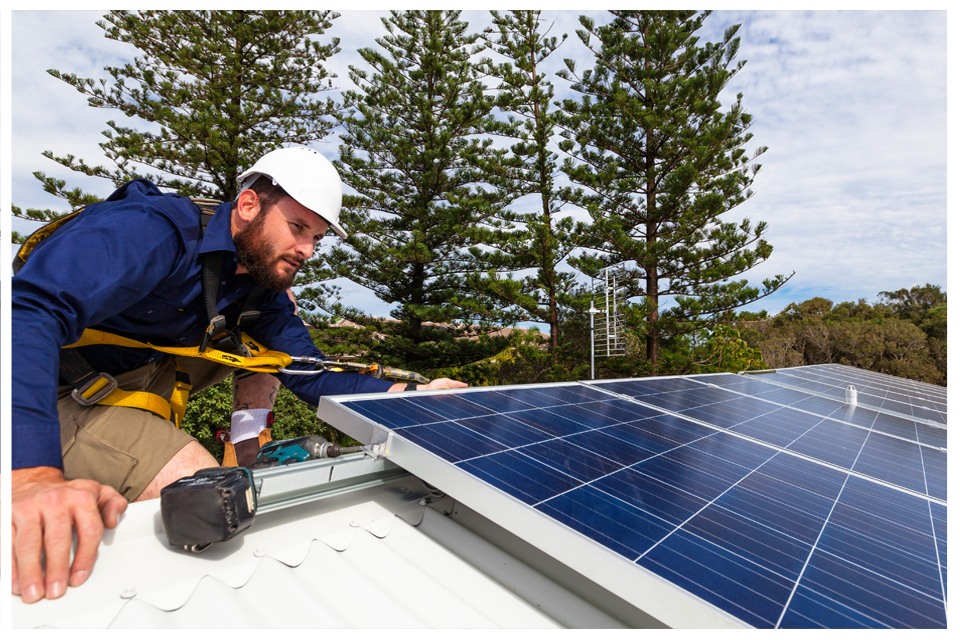
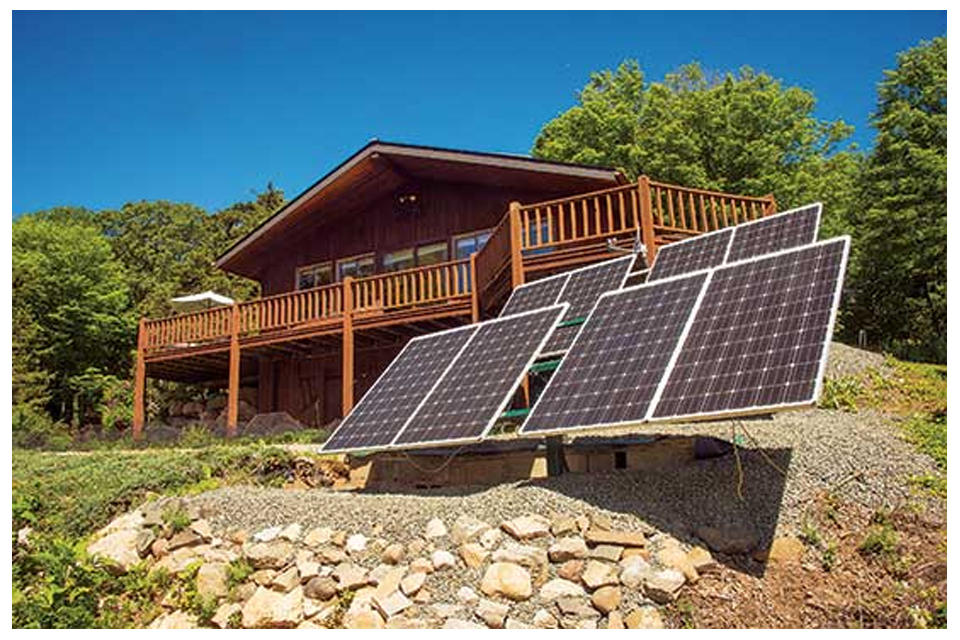
Off Grid
Off Grid solar power systems remove you from the power grid. No more electricity bill
Your solar power system will produce electricity and store it in large batteries to be used later on.
What can you expect from an Off Grid Solar Power System?
-
Generally, if the system is designed and sized right, it will be more reliable than the Grid power.
-
Batteries, if good ones are used and charged properly can last 15 years or more.
-
At the beginning, there will be a familiarization time with the system which will take a bit of time.
-
Mainly at the beginning, there will be a bit of fine tuning of the system and monitor.
-
With wet cell batteries, once you are past the initial learning and fine tuning stage, battery maintenance is reduced to intervals of 3 to 6 months.
-
We normally size a system for the worst time of year (winter), therefore, if you have enough power for November and December, you will have lots extra in the spring to fall period. This really helps to prolong the life of the batteries and provides for a worry free system.
-
Most of the problems with Off Grid Solar systems have to do with the generator, so the less you need one (if at all) the better off you are. Definitely do not have an Off Grid system that relies on a generator and expect to be able to just leave for a while when it is cold.
-
It is a good idea to look at the system monitor in the morning to get a good feel for what is normal for your system. During the initial learning stage, record the details for reference.
-
Since it is your own power system, you are now responsible for operating and maintaining it unless you hire someone to do it for you.
-
It is a good idea to build some redundancy into the system just like you have with the Grid Power system.
-
All of our systems have web enabled devices, so if desired they can be remotely monitored and some have some very good information for diagnostics as well, which really reduces the costs related to having someone come and take a look at it.
Call Today for a FREE Quote! (705) 561-9339
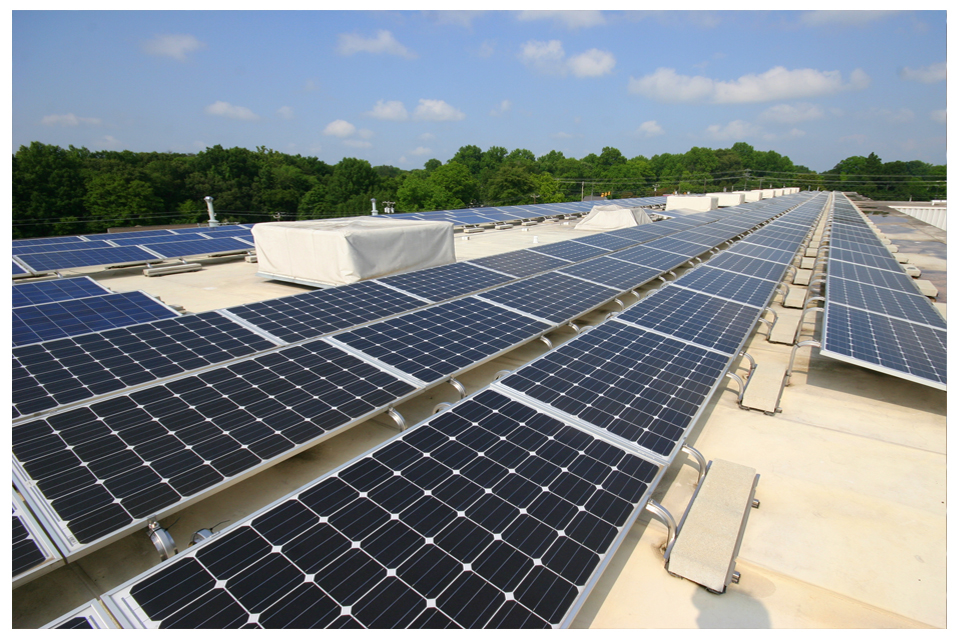

Commercial Systems
If you’re a business owner, the concept of “solar panels for businesses” might seem like a risky move in a complex and confusing market. You may have heard about major Fortune 500 companies going solar, but thought that it might not be feasible for your organization. Maybe you’re considering installing solar panels at some point in the distant future, when your organization can afford to make a major investment in something that seems like an environmental “good” rather than a strategic financial decision.
Solar Panels for Businesses: Does Commercial Solar Make Sense?
Time to shake off that old way of thinking and join the growing number of smart business owners that have discovered that commercial solar panels are a great fit for a small to mediums sized business. Solar isn’t just for Intel and Wal-Mart anymore. Businesses of all sizes are capitalizing on the financial opportunities of installing solar, proving that a solar energy system is a key strategic decision that virtually guarantees a solid financial return for your business.
According to EnergySage marketplace data, the average commercial property owner paid $1,950 in monthly electricity bills before going solar. After their installation, their electricity bill was reduced to approximately $500 – a 75% reduction.
Beyond the direct short-term financial benefits, installing solar panels can also help your business to hedge against electricity price volatility and inflation. In many provinces, the price of electricity can fluctuate significantly due to demand, creating a headache for business owners who are closely managing their cash flow. By installing solar, your business will be able to lock in electricity prices and reduce reliance on an unpredictable expense. Going solar makes it easier for companies to budget and plan for the future.
If paying up front isn’t an option for your business, not to worry – there are many financing options available to businesses with good credit, including solar loans and solar leases/power purchase agreements (PPAs).
Lastly, let’s not forget that the financial incentives mentioned above aren’t the only things that contribute to the bottom line. There are other commercial solar benefits for business, including:
-
Winning more customers: Many current and potential customers are attracted to businesses with a commitment to sustainability. Examples abound of businesses that have won large contracts due to their solar investments – buyers love products and services that are sun-powered! In addition, a solar installation is a great opportunity to promote your organization and raise awareness of your offering in the community.
-
Improving employee satisfaction: Employees are increasingly looking to work for sustainability-minded companies. By demonstrating your company’s commitment to solar power, your employees will be happier, more productive, and invested in the company mission.
-
Supporting the local economy: When a business contracts with a solar company, workers in the local market complete the installation. Greater demand for solar projects increases the availability of high quality, good paying jobs. Those workers could become your future customers, too.
As you can see, the numbers add up – solar panel systems are a smart capital investment for businesses. They have short payback periods, provide steady financial returns, and help business owners hedge against rising energy prices. There are lots of great resources available today that can help you evaluate whether “going” solar makes sense for your business, so be sure to do your homework!
Call Today for a FREE Quote! (705) 561-9339
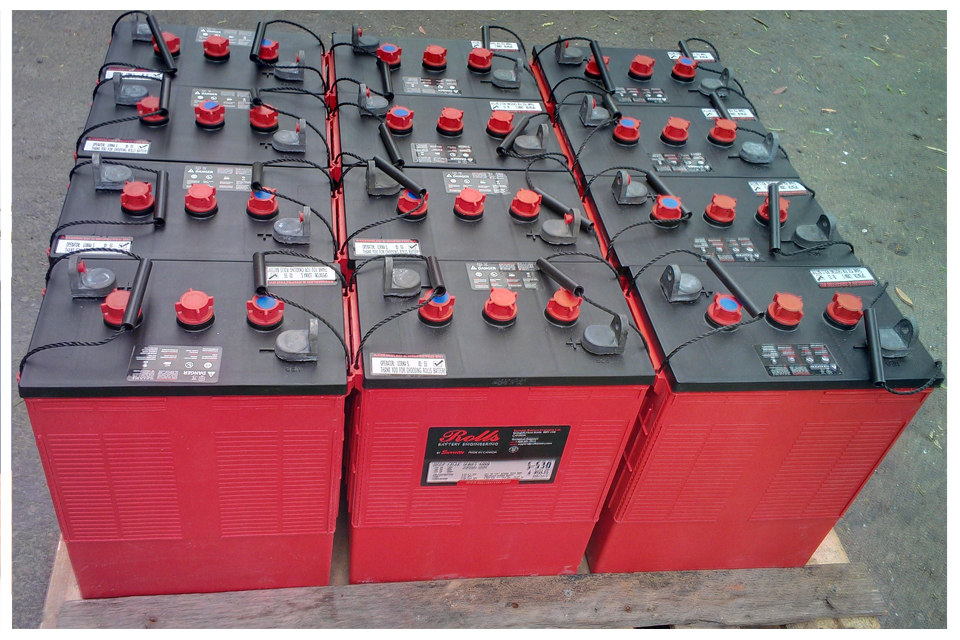
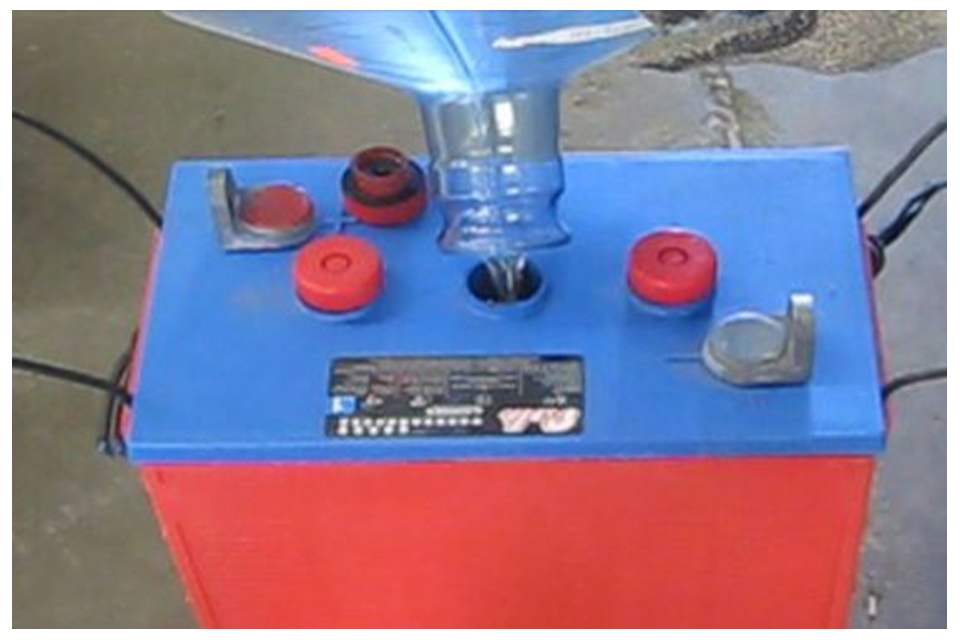
Battery Banks & Maintenance
Maintenance should be performed by a professional
For flooded lead-acid (FLA) batteries, it is critical to check the electrolyte level on a regular basis. As batteries charge, some water in the electrolyte is converted to hydrogen and oxygen gas, and released through the vent caps. The electrolyte needs to be replenished to the proper level by adding distilled water.
In cool climates such as Washington State, a system with a moderate C/10 charge rate should be checked every one to two months. In hot climates like Haiti, the electrolyte level needs to be checked at least twice a month.
Recording the date and the amount of water added to the battery allows you to identify usage trends and spot potential problems. Batteries in hotter climates will use more water than ones in cooler climates, as will systems with heavy discharging and higher charging rates. When a battery starts requiring more water, it is typically a sign that it is failing—or that something has dramatically changed in the charging or load profile. Keeping track of the changes in water consumption will help determine when it’s time to replace the battery or investigate other problems.
The correct electrolyte level is usually about 1/4 inch below the vent tube. Adding water to a battery cell should be done only after charging the battery to 100% or after an equalization charge has been completed. However, if the plates inside the battery are close to being exposed (which can cause permanent damage to the battery), add enough water to keep them covered before recharging. However, be careful not to overfill during recharging or equalization. Otherwise, the electrolyte can overflow, making a hazardous mess. Losing electrolyte and replacing it with distilled water results in dilution, effectively reducing the battery’s capacity and, therefore, its performance. Automatic watering systems and recombination caps can reduce the time required for refilling batteries. However, most of them require removal before doing an equalization charge on the batteries.
Corrosion can occur on and between the cable lugs and the battery terminals, creating higher resistance that impedes the flow of current when charging or discharging. Corrosion can also occur between battery terminals and the metal casing of the battery rack, potentially resulting in ground faults and creating a shock hazard.
If even only one terminal has corrosion, the high resistance on that series-connected string of batteries will result in less charging and discharging. Specifically, the other battery strings will compensate for the loss of total capacity, and be charged and discharged at higher rates. This will create imbalances within the battery bank, reduce system performance, and decrease the life and performance of the entire battery bank.
During the monthly inspection, check all battery connections for corrosion. If there’s a metal rack or enclosure, also check for corrosion between the terminals and the metal. If caught early, it can be removed with a wire brush without much effort. If excess corrosion is found covering the terminal and hardware, shut down the system by removing all charging and discharging connections from the battery, disassemble the battery hardware and cables, and thoroughly clean the terminal, hardware, and cable lug. A baking soda and water mixture can be applied to the corroded areas, which can then be scrubbed with a wire brush. However, be extremely careful that none of the baking soda mixture gets into the battery cells, as it will neutralize some of the electrolyte, reducing the battery’s performance. Finally, rinse all of the baking soda off with clean water and dry with a clean rag.
Call Today for a FREE Quote! (705) 561-9339
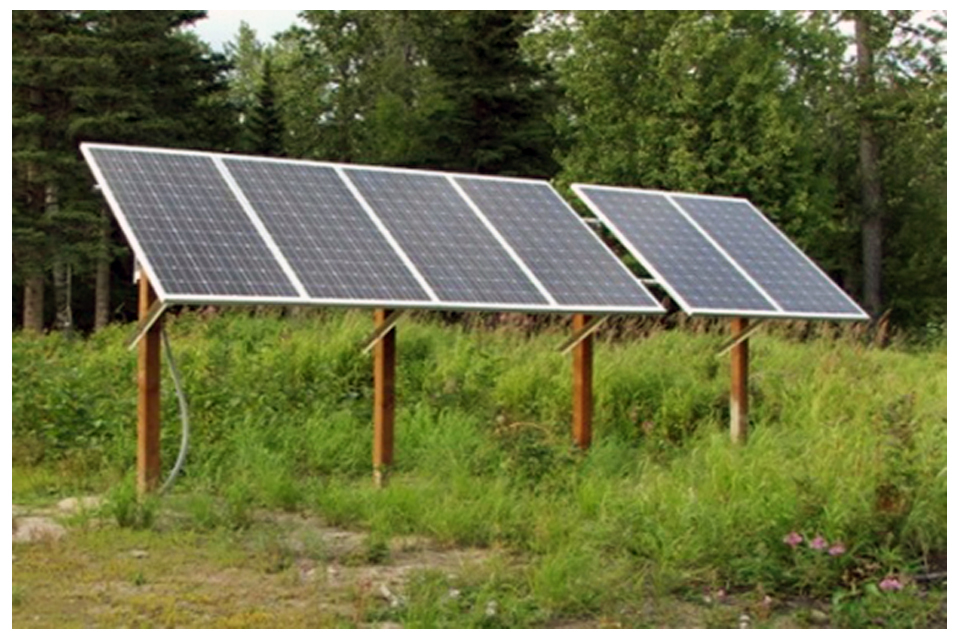

DIY Solar Systems
Solar is a trendy thing in 2017 and many adventurous homeowners are beginning to wonder about “diy solar panels” – the concept of building a solar panel system by yourself. Of course, there’s a lot involved in a solar installation and there’s a right and a wrong scenario for do-it-yourself solar projects.
Going solar has major financial benefits: it reduces your monthly electricity costs and can even increase the value of your home. Incentives like the federal tax credit for solar can reduce your net cost by 30 percent or more, but solar is still a big investment, and the price tag can result in sticker shock. To save money, it’s no surprise that many homeowners are considering DIY. Below, we break down the top pros and cons that you need to know about do it yourself solar energy before making a decision as well as the DIY solar process.
The 5 step process to DIY solar panels
1.Design and size your system based on energy needs
2.Purchase your solar equipment (solar panels, inverters, racking)
3.Install the racking or mounts for the panels
4.Connect the solar panels to your racking equipment
5.Install a solar inverter
6.The cost of solar is dropping across the nation. See prices in your area.
Do it yourself solar panel installation can be less expensive, but your options are limited
According to data from the EnergySage Solar Marketplace, the average gross cost of going solar for homeowners (meaning your costs before incentives and rebates are applied) was $29,225. Of that amount, design and installation labor costs contribute about 10% of the total bill – this ten percent is what DIY solar saves you in essence, since you’ll still have to buy the equipment yourself. Regardless, it’s still tempting to look into building your own solar panel installation to save money and be in full control of your project.
Your solar energy system should continue to generate electricity for 20 to 30 years, so it’s crucial that you consider both the upfront costs and the relative financial benefits for all of your solar options. If you buy a home solar kit like the ones for sale at Costco or Home Depot, it may be less expensive per watt, but you aren’t getting the same quality equipment that solar installers are able to offer you. For the most part, solar installers buy from equipment distributors that don’t sell to the general public – and they’re often getting lower prices because they’re able to buy in bulk.
